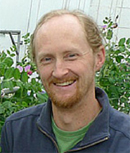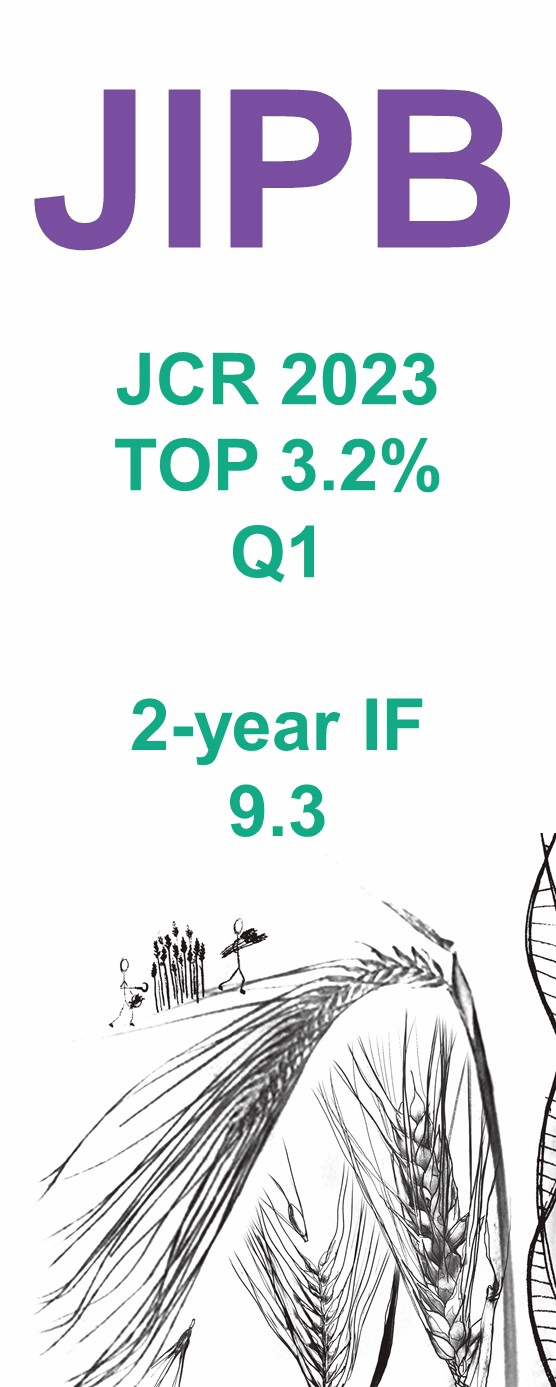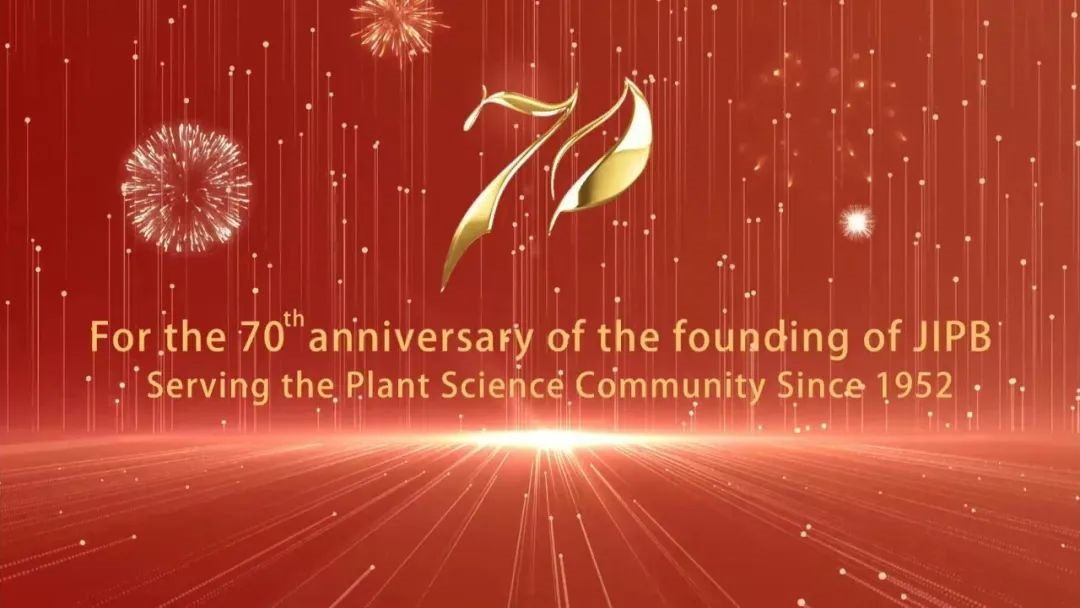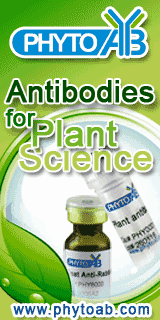-
School of Biological Sciences
University of Tasmania
Private Bag 55, Hobart
Tasmania 7001
Australia
Tel: +61 (0)3 6226 7828; Fax: +61 (0)3 6226 2698
E-mail: jim.weller@utas.edu.au
https://www.utas.edu.au/profiles/staff/biological-sciences/jim-weller
Area of expertise: Flowering time; legumes; domestication; photoperiod; circadian clock; photomorphogenesis; light signalling; plant hormones; reproductive development

Selected Publications:
Hasan, A., Vander Schoor, J.K., Hecht, V., and Weller, J. L. (2020). The CYCLIN-DEPENDENT KINASE module of the mediator complex promotes flowering and reproductive development in pea. Plant Physiol. 182: 1375–1386.
Lu, S., Dong, L., Fang, C., Liu, S., Kong, L., Cheng, Q., Chen, L., Su, T., Nan, H., Zhang, D., Zhang, L., Wang, Z., Yang, Y., Yu, D., Liu, X., Yang, Q., Lin, X., Tang, Y., Zhao, X., Yang, X., Tian, C., Xie, Q., Li, X., Yuan, X., Tian, Z., Liu, B., Weller, J.L. and Kong. F. (2020). Stepwise selection on homeologous PRR genes controlling flowering and maturity during soybean domestication. Nat. Genet. 52: 428–436.
Weller, J.L., and Macknight, R.C. (2018). Functional genomics and flowering time in Medicago truncatula: An Overview. Methods Mol. Biol. 1822: 261–271.
Rubenach, A.J., Hecht, V., Vander Schoor, J.K., Liew, L.C., Aubert, G., Burstin, J., and Weller, J.L. (2017). EARLY FLOWERING3 redundancy fine-tunes photoperiod sensitivity. Plant Physiol. 173: 2253–2264.
Ridge, S., Sussmilch, F.C., Hecht, V., Vander Schoor, J.K., Lee, R., Aubert, G., Burstin, J., Macknight R.C., and Weller, J.L. (2016). Identification of LATE BLOOMER2 as a CYCLING DOF FACTOR homolog reveals conserved and divergent features of the flowering response to photoperiod in pea. Plant Cell 28: 2545–2559.
Weller, J.L., Foo, E.M., Hecht, V., Ridge, S., Vander Schoor J.K., and Reid, J.B. (2015). Ethylene signaling influences light-regulated development in pea. Plant Physiol. 169: 115–124.
Sussmilch, F., Berbel, A., Hecht, V., Ferrandiz, C., Madueño, F., and Weller, J.L. (2015). VEGETATIVE2 is an FD ortholog essential for flowering and compound inflorescence formation in pea. Plant Cell 27: 1046–1060.
Wong, C.S.A., Hecht, V., Picard, K., Diwadkar, P., Laurie, R.E., Wen, J., Mysore, K., Macknight, R.C., and Weller, J.L. (2014). Isolation and functional analysis of CONSTANS-LIKE genes suggests that a central role for CONSTANS in flowering time control is not evolutionarily conserved in Medicago truncatula. Front Plant Sci. 5: 486.
Liew, L.C., Hecht, V., Sussmilch, F., and Weller, J.L. (2014). The pea photoperiod response locus STERILE NODES gene is an ortholog of LUX ARRHYTHMO. Plant Physiol. 165: 648–657.
Hecht, V., Laurie, R.E., Vander, Schoor., J.K., Ridge, S., Knowles, C.L., Liew. L.C., Sussmilch, F.C., Murfet, I.C., Macknight, R.C., and Weller, J.L. (2011). The pea GIGAS gene is a FLOWERING LOCUS T homolog necessary for graft-transmissible specification of flowering but not for responsiveness to photoperiod. Plant Cell 23: 147–161.
Liew, L.C., Hecht, V., Laurie, R.E., Knowles, C.L., Vander, Schoor, J.K., Macknight, R., and Weller, J.L. (2009) DIE NEUTRALIS and LATE BLOOMER 1 contribute to regulation of the pea circadian clock. Plant Cell 21: 3198–3211.
For Upcoming Special lssue:

 Scan the QR code to view JIPB on WeChat
Scan the QR code to view JIPB on WeChat











